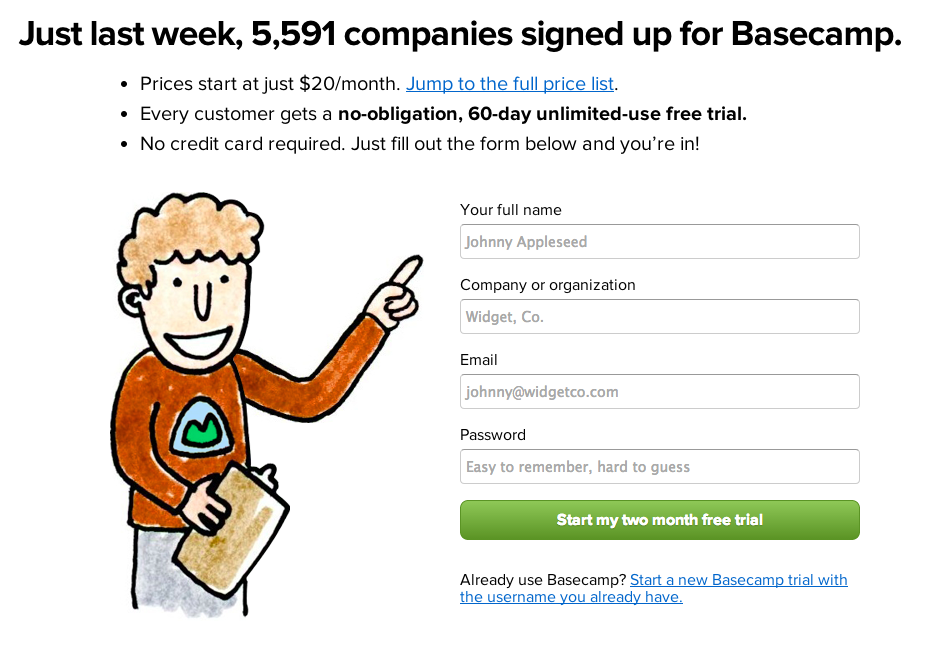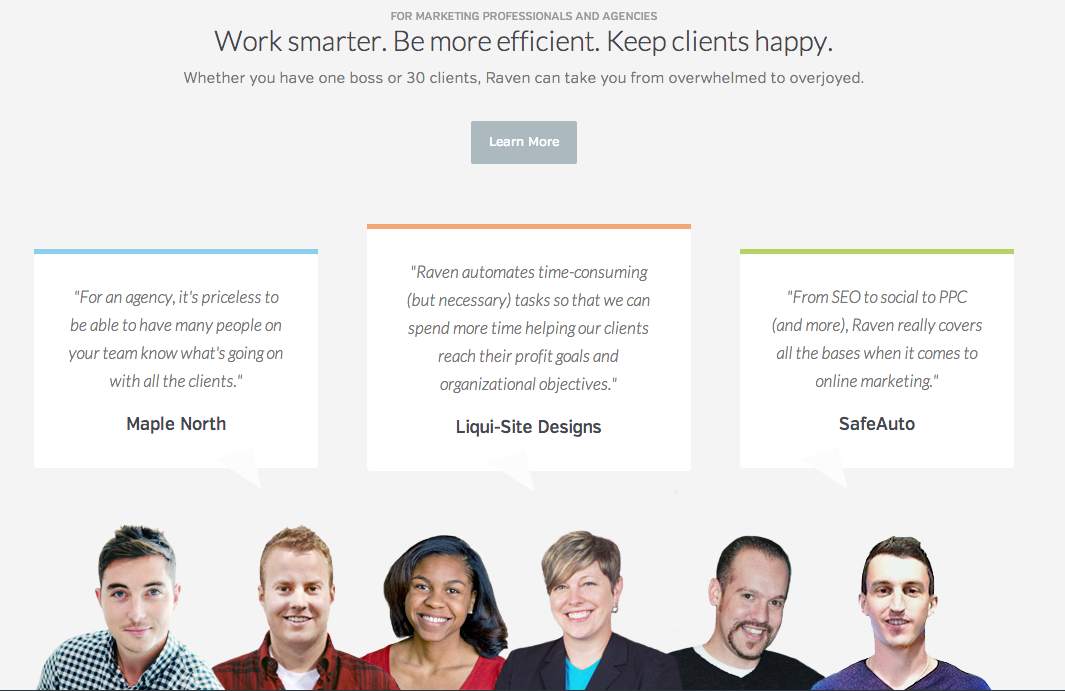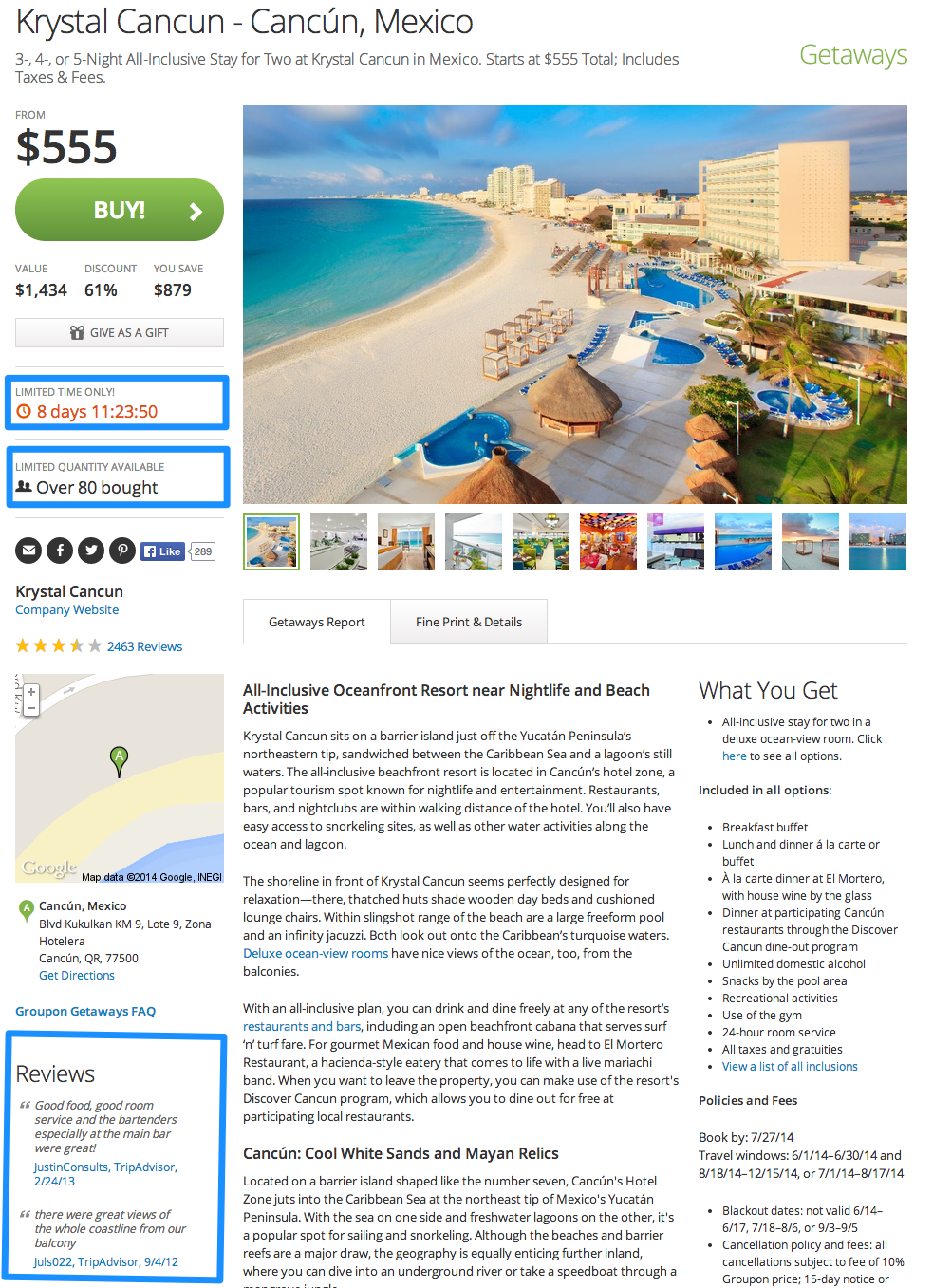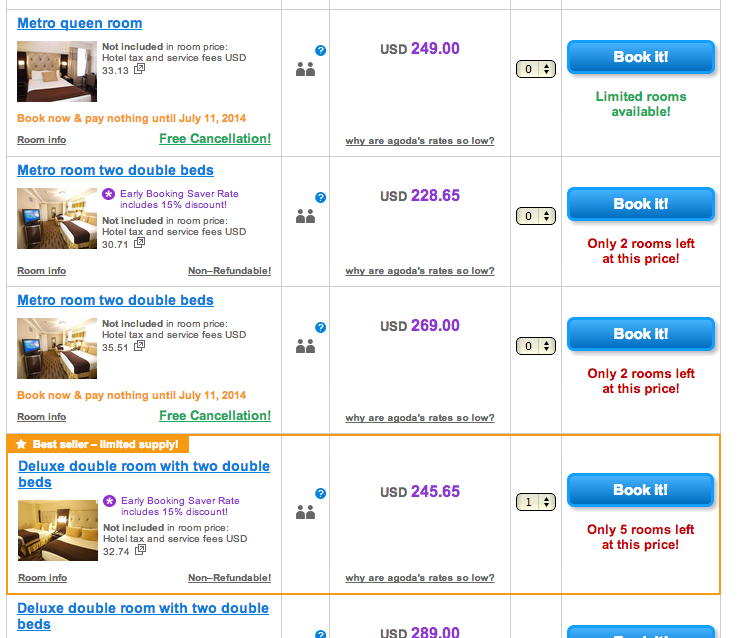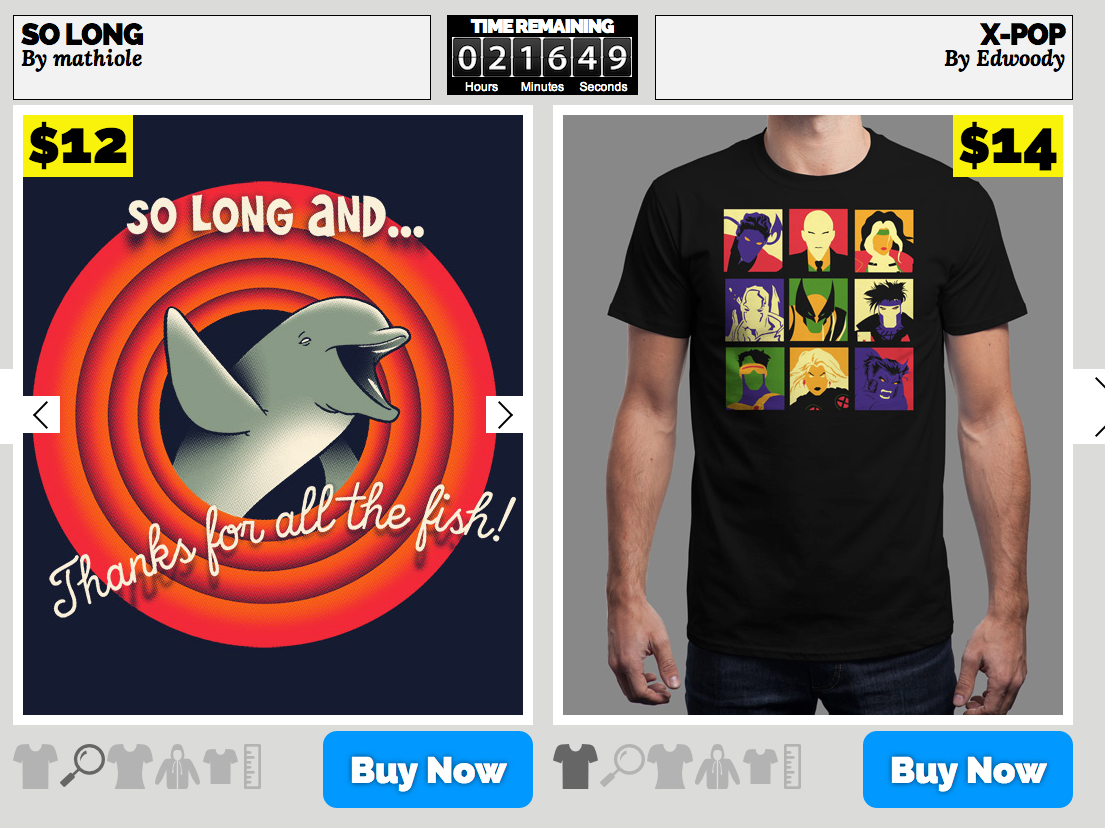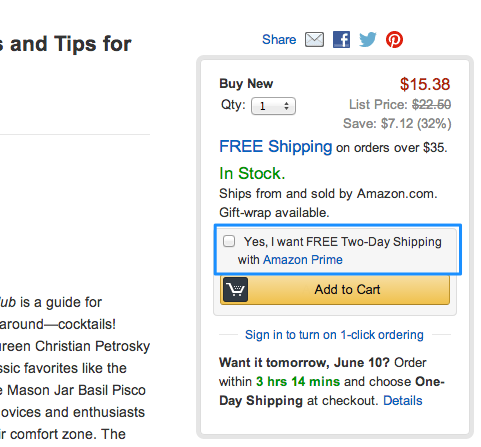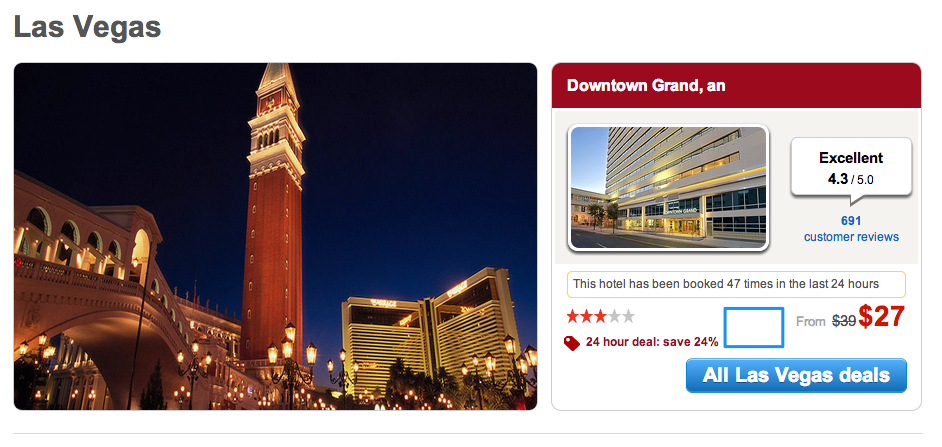Although this question may be debatable, here are three reasons why Community Management of your social media channels in the marketing mix would be better off if managed by experts outside of your organization. In the long run, it would be more effective and efficient to outsource your community management.
1. Community managers (and their agencies) live and breathe social media
If your job is not living and breathing social media 24/7, chances are you are not able to keep up with what’s happening on Facebook, Twitter, Google+, Pinterest, etc. While adding the odd tweet and keeping an eye on Facebook comments might be manageable, you might not have time to do a great deal more.
Creating content calendars that ensure that every post is optimized to create the maximum impact and ensuring that your Twitter account follows all the key influentials in your market may be enough to fill your day.
Also ask yourself if you are keeping up with the latest Facebook competition rules? Or working out how the Twitter API changes could impact your brand’s output? And what about other platforms – should you be focusing on Google+ this year or Pinterest?
Community managers will be up-to-date on all platforms, what they can offer and how they can potentially work best for your brand. It is their job after all. Why not let the experts worry about the finer details?
2. Community managers can offer a fresh perspective
Sometimes working on one specific thing or brand can make things jaded after a while. Outsourcing your social media efforts will invite a fresh perspective to the table and stimulate discussion around the brand and how to make it stand out in the fast-changing social media sphere.
Your community manager will have worked on or read about other branded online campaigns. They know what has worked in the past, what could work in the future, and what could potentially be a social media disaster.
They will also be able to advise on and devise the social media strategy that is essential to ensure your brand flourishes online and offline.
3. Community managers are enthusiastic about what they do and will be backed up by a team
If you divide the community management duties between individuals in your company, chances are the actual management of the online entities end up falling through the cracks as other tasks take precedence.
Also, unless proper guidelines are set, your brand’s social voice and tone could end up being fragmented across the social media entities.
An agency can provide the important neutrality good community management requires and will have a team set to ensure your community management is kept consistent regardless of summer holidays or staff turnover. They have also actively pursued this career, so will be eager to do it well.
Finally let’s not forget one very important thing. If you outsource your community management then you can be assured that your Facebook pages will always be updated and that someone is responding to questions on Twitter and other social networks in a timely and coordinated manner.
Your brand won’t be joining the thousands of others whose Facebook and Twitter accounts lay dormant and are an embarrassment to the company and the staff that were supposed to populate them.




